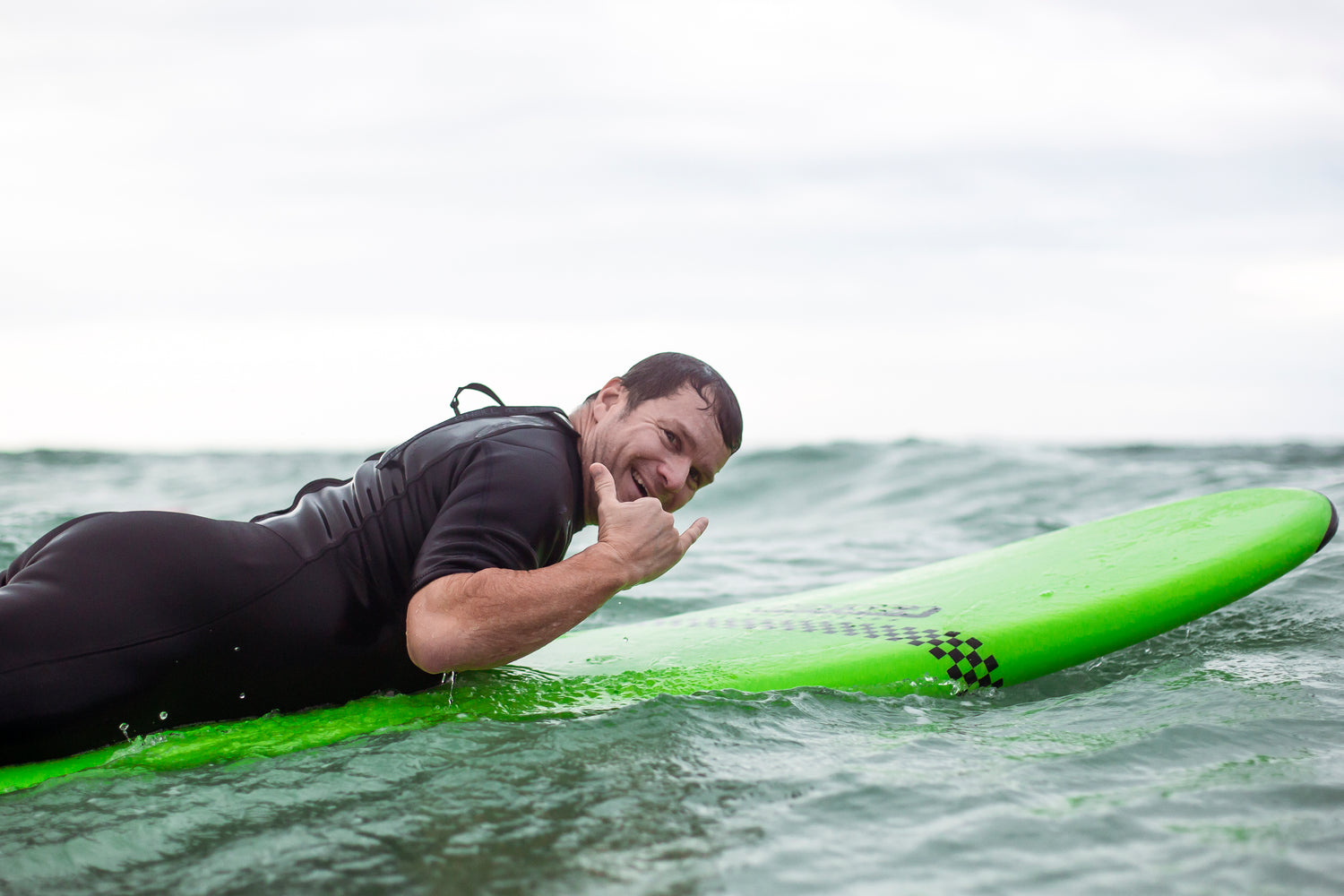The importance of surf location in the context of surfing is paramount. Several factors contribute to the significance of surf location:
Wave Quality and Consistency: Different surf spots produce waves of varying quality and consistency. Some locations offer powerful and well-formed waves that are conducive to advanced maneuvers, while others provide gentler, more forgiving waves suitable for beginners. Finding the right surf location ensures that surfers can match their skill level and preferences to the appropriate wave conditions.
Skill Progression: Access to suitable surf locations can greatly impact a surfer's skill progression. Beginners benefit from mellow waves and shallower breaks, allowing them to practice fundamental techniques and gain confidence. Advanced surfers seek out challenging breaks to refine their skills and push their limits. The right surf location can facilitate a surfer's journey from novice to expert.
Safety: The characteristics of a surf location, such as wave size, break type, and water depth, can significantly impact safety. For instance, certain spots might have powerful waves and strong currents that pose risks to inexperienced surfers. Choosing a surf location that aligns with one's skill level and knowledge of local conditions contributes to a safer surfing experience.
Environmental Considerations: Surfing relies heavily on the natural environment, and the quality of waves is influenced by factors like coastline shape, underwater topography, wind direction, and tidal movements. A well-chosen surf location takes these factors into account, enhancing the overall experience and minimizing the negative impact on the environment.
Community and Culture: Different surf locations often have their own unique surfing communities and cultures. Surfers gather at popular spots, fostering a sense of camaraderie, sharing knowledge, and exchanging experiences. Surfing culture is deeply tied to specific locations, contributing to a sense of identity and belonging among surf enthusiasts.
Tourism and Economy: Surfing has become a major tourism draw in many coastal regions. The presence of consistent, high-quality waves attracts surfers from around the world, boosting local economies through tourism, accommodations, surf schools, and related businesses. The right surf location can contribute significantly to the economic vitality of a region.
In essence, the importance of surf location lies in its role in shaping the entire surfing experience. From skill development and safety considerations to environmental impact and cultural aspects, the choice of surf location plays a pivotal role in determining the quality and fulfillment of a surfer's journey. Once you have decided on a location you will need to know how to read the waves. Reading waves at the beach is an essential skill for surfers, swimmers, and anyone interested in understanding ocean conditions. Here are some steps to help you read waves effectively:
Observe Wave Size and Height: Start by looking at the waves' size and height. Larger waves often indicate stronger currents and potentially more challenging conditions. Smaller waves might be more suitable for swimming or beginner surfers.
Watch Wave Sets: Waves often come in sets, with larger waves followed by smaller ones. Watch for patterns in wave sets to determine how frequently bigger waves are arriving.
Check Wave Direction: Observe the direction from which the waves are coming. This will help you understand the wave's path and whether there are any currents that might affect your movements.
Study Wind Conditions: Wind can greatly impact wave conditions. Offshore winds (blowing from the land towards the sea) can create cleaner waves, while onshore winds (blowing from the sea towards the land) can make the waves choppier.
Look for Rips and Currents: Rips are strong currents that flow from the shore back into the sea. They can be identified by calmer, darker patches of water. Avoid swimming or surfing in these areas, as they can be dangerous.
Read the Tides: The tide stage affects wave conditions. At low tide, waves might break closer to shore, making it shallower and potentially safer for beginners. High tide can cause waves to break further out.
Observe Other Surfers and Beachgoers: If you're unsure about the conditions, watch experienced surfers. They often have a good understanding of the waves and how to navigate them. However, don't rely solely on others – always assess conditions for yourself.
Learn and Gain Experience: Reading waves takes practice. Spend time observing the ocean and its patterns. With experience, you'll become better at predicting wave behavior and making informed decisions.

